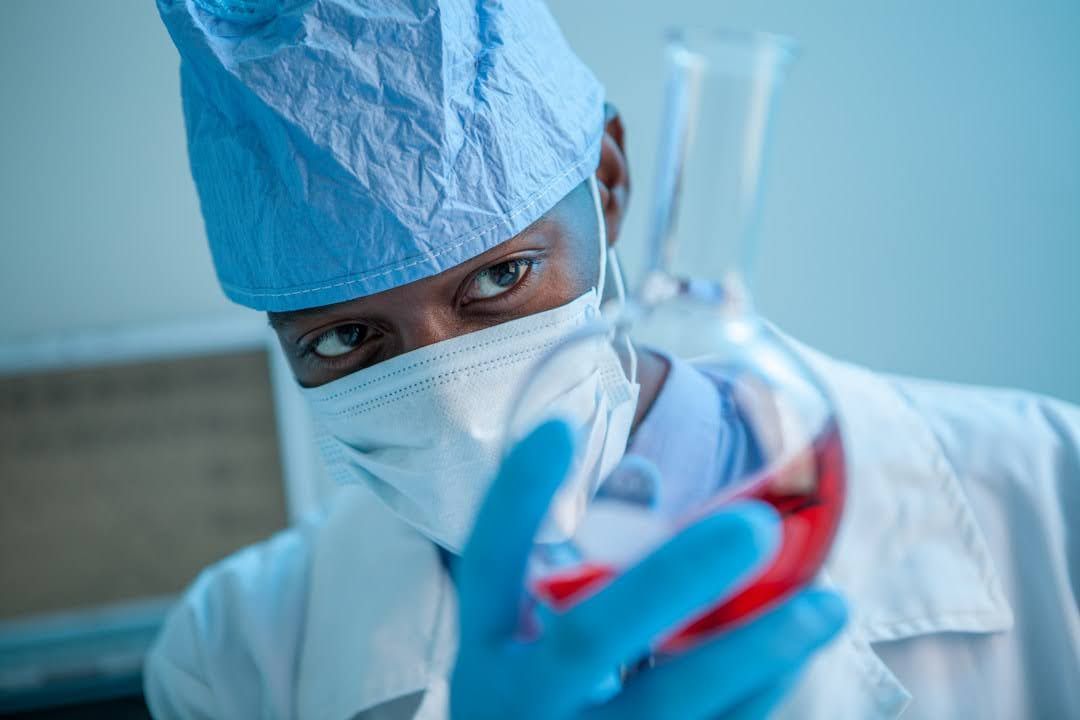Signs of Low Testosterone in Men
Low testosterone levels can have a significant impact on a man's overall health and well-being. Understanding the signs of low testosterone is crucial for early diagnosis and effective treatment. In this article, we will discuss the key symptoms of low testosterone in men, the causes, and potential treatments to consider.
What Is Testosterone?
Testosterone is a hormone primarily produced in the testicles. It is responsible for the development of male physical characteristics, such as muscle mass, bone density, and body hair. It also plays a role in mood regulation, energy levels, and sexual function.
Causes of Low Testosterone
Age
One of the most common causes of low testosterone is aging. Testosterone levels naturally decline as men get older. This decline typically begins around the age of 30 and continues at a gradual rate.
Medical Conditions
Certain medical conditions can also lead to low testosterone levels. These include:
- Hypogonadism
- Type 2 diabetes
- Obesity
- Metabolic syndrome
Lifestyle Factors
Lifestyle choices can also affect testosterone levels. Poor diet, lack of exercise, excessive alcohol consumption, and stress can all contribute to hormonal imbalances.
Common Symptoms of Low Testosterone

Fatigue and Low Energy
One of the most prevalent symptoms of low testosterone is chronic fatigue. Men with low testosterone often feel tired even after a full night's sleep. This lack of energy can affect daily activities and overall quality of life.
Mood Changes
Low testosterone levels can lead to mood swings, irritability, and even depression. Men may find themselves feeling more emotional or experiencing sudden changes in their mood without any apparent reason.
Reduced Libido
A decreased interest in sexual activity is another common sign of low testosterone. Men may find themselves less interested in sex or experiencing fewer spontaneous erections.
Erectile Dysfunction
Low testosterone can also contribute to erectile dysfunction. While it is not the sole cause, it can make it more difficult to achieve or maintain an erection.
Loss of Muscle Mass
Testosterone plays a crucial role in muscle development. Men with low testosterone may notice a decrease in muscle mass and strength, even if they continue to exercise regularly.
Increased Body Fat
Hormonal imbalances can lead to weight gain, particularly around the abdomen. Men with low testosterone may find it challenging to lose weight despite diet and exercise efforts.
Hair Loss
Testosterone is also responsible for hair growth. A decline in testosterone levels can result in thinning hair or baldness.
Memory and Concentration Issues
Low testosterone can affect cognitive functions, leading to problems with memory, concentration, and mental clarity.
Diagnosing Low Testosterone

Blood Tests
The most common way to diagnose low testosterone is through a blood test. This test measures the amount of testosterone in your blood. Doctors usually perform this test in the morning when testosterone levels are at their peak.
Physical Examination
A physical examination can also help diagnose low testosterone. The doctor will check for signs such as decreased muscle mass, increased body fat, and changes in hair growth.
Medical History
Your medical history can provide valuable information about potential causes of low testosterone. Discuss any symptoms you're experiencing, as well as any medications or medical conditions that could be contributing to hormonal imbalances.
Treatment Options
Lifestyle Changes
One of the first steps in treating low testosterone is making lifestyle changes. These can include:
- Improving diet
- Increasing physical activity
- Reducing alcohol consumption
- Managing stress
Testosterone Replacement Therapy (TRT)
Testosterone replacement therapy is a common treatment for low testosterone. This therapy can be administered in several ways, including:
- Injections
- Patches
- Gels
- Pellets
It's essential to discuss the risks and benefits of TRT with your doctor to determine if it's the right option for you.
Medications
In some cases, doctors may prescribe medications to address specific symptoms of low testosterone, such as erectile dysfunction.
Natural Supplements
Some men may choose to use natural supplements to boost testosterone levels. While these supplements can be effective, it's crucial to consult with a healthcare provider before starting any new supplement regimen.
Potential Risks and Side Effects

Side Effects of TRT
While testosterone replacement therapy can be effective, it is not without risks. Potential side effects include:
- Acne and oily skin
- Sleep apnea
- Increased risk of heart disease
- Blood clots
- Prostate enlargement
Monitoring and Adjustments
Regular monitoring is essential when undergoing TRT to ensure that testosterone levels remain within a healthy range and to adjust treatment as needed.
Conclusion
Understanding the signs of low testosterone in men is crucial for early diagnosis and effective treatment. If you are experiencing symptoms such as fatigue, mood changes, reduced libido, or muscle loss, it's essential to consult with a healthcare provider. With proper diagnosis and treatment, you can manage low testosterone and improve your overall quality of life.
By making lifestyle changes, considering testosterone replacement therapy, and discussing other treatment options with your doctor, you can take control of your hormonal health and well-being.





